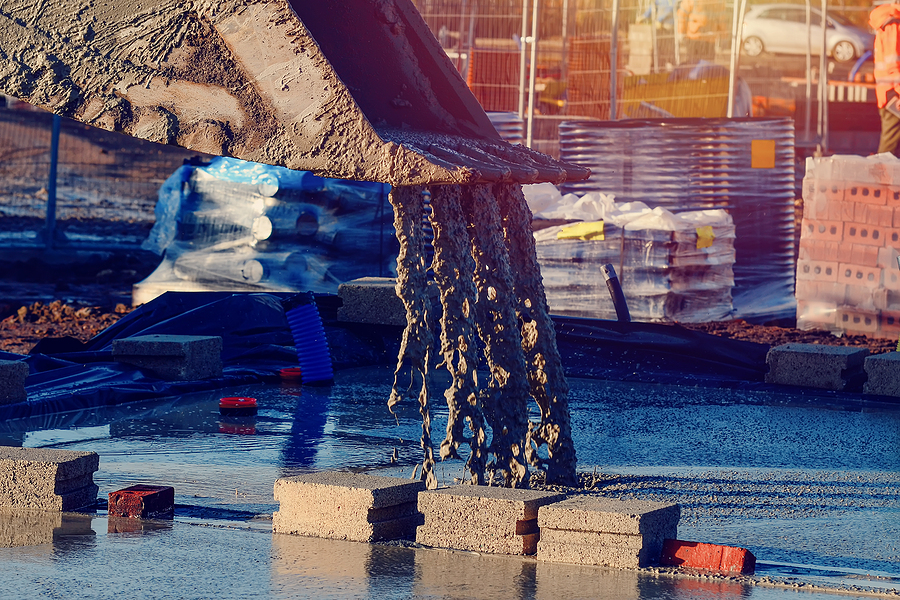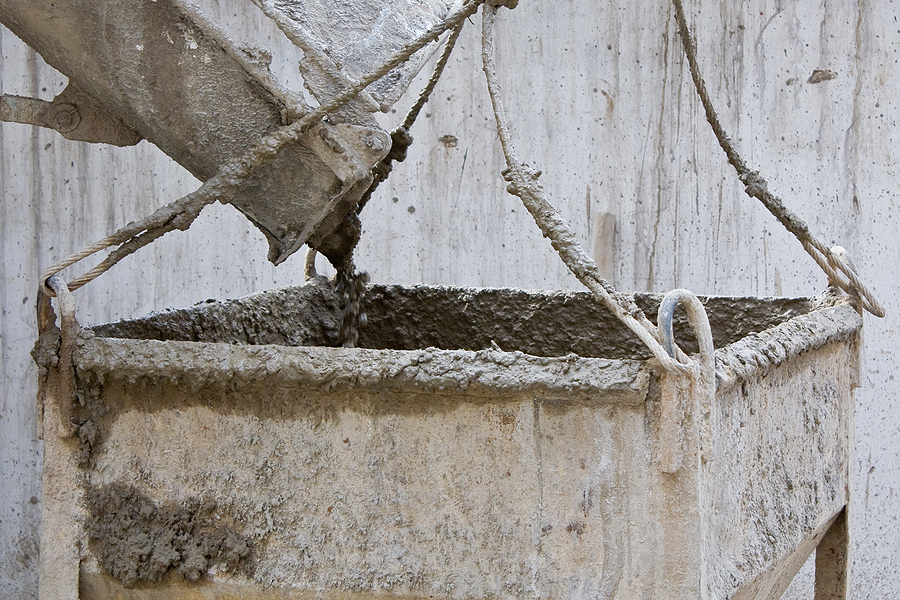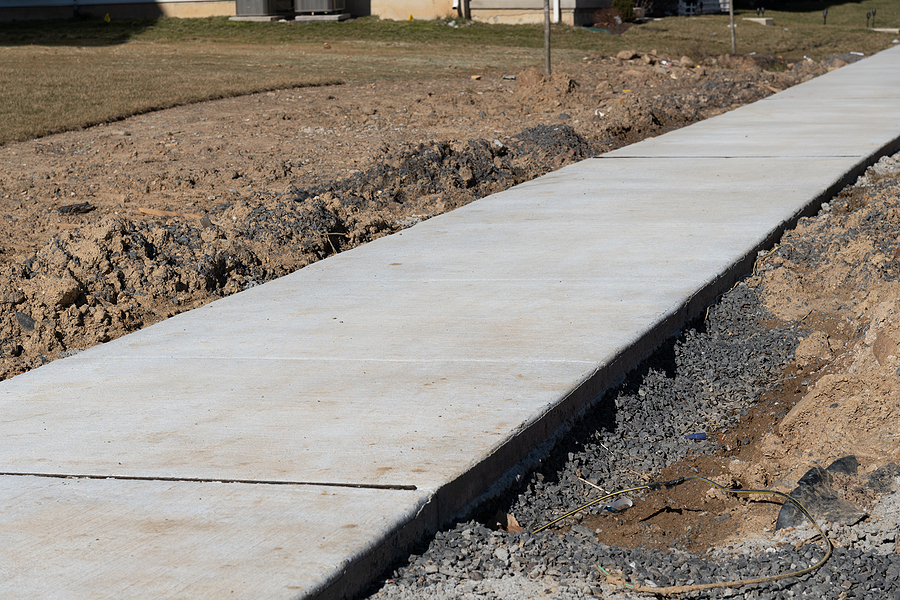The push for a more sustainable future is reshaping industries worldwide, and construction is no exception. As developers and property owners look for eco-friendly building materials, the conversation increasingly turns to concrete—the most widely used man-made material on Earth. The question is no longer just about strength and cost, but about environmental impact. This guide explores how ready-mix concrete is leading the charge in sustainable construction, offering a path to greener, more resilient buildings.

What is Sustainable Concrete?
Sustainable concrete is an innovative approach to an age-old material, designed to minimize its environmental footprint throughout its life cycle. The goal is to create a product that is durable and high-performing while reducing resource consumption, energy use, and carbon emissions.
This is often achieved by incorporating supplementary cementitious materials (SCMs), such as fly ash, slag, and silica fume. These industrial byproducts replace a portion of the cement in the mix, which is significant because cement production is a major source of global CO2 emissions. By using SCMs, sustainable concrete not only recycles waste materials but also lowers its overall carbon impact.
How Ready-Mix Concrete Reduces Environmental Impact
Ready-Mix Concrete (RMC), which is batched at a central plant and delivered to the construction site, is a key player in the green building movement. Its production method offers several distinct environmental advantages over traditional on-site mixing.
Precision and Waste Reduction
RMC plants use computerized batching systems to produce exact quantities of concrete needed for a project. This precision minimizes waste, ensuring that resources are used efficiently and less material ends up in landfills.
Optimized Material Use
Centralized production allows for better quality control and more consistent mixes. This means that every batch is optimized for performance, reducing the need for excess materials and ensuring the final product meets stringent specifications.
Reduced Site Disruption
By delivering concrete ready to pour, RMC eliminates the need for on-site storage of raw materials like sand, gravel, and cement. This reduces dust, noise pollution, and overall site congestion, leading to a safer and cleaner construction environment.
Innovations in Sustainable Concrete Production
The industry is constantly evolving, with new technologies making ready-mix concrete an even more eco-friendly choice. These innovations are transforming how we think about this fundamental building material.
Carbon Capture and Utilization
One of the most exciting developments is carbon sequestration, where CO2 is captured and permanently stored within the concrete itself. Technologies now allow producers to inject captured carbon dioxide into the concrete mix during production. The CO2 reacts with the cement and becomes a mineral, effectively locking it away and preventing it from entering the atmosphere. This process not only reduces the carbon footprint but can also improve the concrete’s strength.
Alternative and Recycled Materials
Forward-thinking RMC suppliers are exploring a wide range of alternative materials to create more sustainable mixes. This includes using recycled concrete aggregate from demolition projects, crushed glass, and even certain types of plastic waste. These efforts help conserve natural resources and divert materials from landfills, contributing to a more circular economy.
Efficient Production and Logistics
Modern RMC plants are designed for maximum efficiency. They use advanced technology to optimize energy and water consumption during the batching process. Furthermore, sophisticated logistics software ensures that delivery trucks take the most efficient routes, reducing fuel consumption and emissions.
Request a Bid for RMC Delivery Today! ✅
Benefits of Using Sustainable Concrete
Choosing sustainable ready-mix concrete for your commercial paving or building project offers a range of compelling advantages. It’s a decision that benefits not only the planet but also your bottom line.
Reduced Carbon Footprint
This is the most significant environmental benefit. By incorporating SCMs and utilizing carbon capture technologies, sustainable concrete can reduce a building’s carbon footprint by up to 30%.
Enhanced Durability and Longevity
Many sustainable concrete mixes exhibit superior long-term strength and durability compared to traditional concrete. Lower permeability—the measure of how easily liquids pass through—makes the material more resistant to chemical attacks and freeze-thaw cycles, extending the building’s lifespan.
Improved Energy Efficiency
Concrete’s high thermal mass allows it to absorb and store heat, helping to regulate indoor temperatures. This property can reduce a building’s reliance on heating and cooling systems, leading to lower energy bills over the life of the structure.
Contribution to Green Building Certifications
Using sustainable RMC can help projects earn points toward green building rating systems like LEED (Leadership in Energy and Environmental Design), enhancing the property’s value and marketability.
Your Building’s Future is Green
The future of construction lies in building smarter, more resilient, and more sustainable structures. Ready-mix concrete is not just a material; it’s a solution that helps developers and property managers meet their environmental goals without compromising on quality or performance. As technology continues to advance, the potential for sustainable concrete to revolutionize the industry will only grow.
By partnering with an experienced ready-mix concrete provider, you can make a tangible impact, creating buildings that are built to last and designed with the planet in mind.
Frequently Asked Questions
What is the difference between ready-mix concrete and traditional concrete?
Ready-mix concrete (RMC) is manufactured in a batch plant according to a specific recipe and then delivered to a work site. Traditional concrete is mixed on-site, which can lead to inconsistencies and more waste.
How does ready-mix concrete contribute to sustainable building practices?
RMC reduces waste through precise batching, incorporates recycled materials, and often uses less cement, which lowers its carbon footprint. Its durability also extends the life of buildings, further promoting sustainability.
What types of projects are best suited for ready-mix concrete?
RMC is incredibly versatile and ideal for a wide range of projects, including large-scale commercial buildings, foundations, commercial paving for parking lots, and infrastructure projects like bridges and roads.
How do I choose the right ready-mix concrete mix for my project?
The right mix depends on factors like structural requirements, environmental exposure, and placement methods. A reputable RMC supplier can help you select the perfect mix based on your project’s specific needs.
What are the cost considerations when using ready-mix concrete?
While the initial price per cubic yard might be higher than for materials mixed on-site, RMC often leads to overall cost savings by reducing labor, minimizing waste, and speeding up construction timelines.
How does weather affect the application of ready-mix concrete?
Extreme temperatures can affect concrete’s setting time. RMC suppliers can adjust the mix with special admixtures to counteract the effects of hot or cold weather, ensuring a successful pour regardless of the conditions.
What certifications should I look for in a ready-mix concrete supplier?
Look for suppliers with certifications from organizations like the National Ready Mixed Concrete Association (NRMCA). Certifications like the NRMCA Green-Star Plant demonstrate a commitment to environmental stewardship.
How can I ensure the quality of ready-mix concrete for my project?
Partner with a trusted RMC provider who has a strong reputation for quality control. They should be transparent about their testing procedures and able to provide documentation for their mixes.
In Summary
Ready-mix concrete is a key player in the green building movement, offering a practical path to reducing the environmental impact of construction. By choosing a knowledgeable RMC supplier, you gain a partner dedicated to helping you achieve your project goals while building a more sustainable future.
Ready to start your next project on a solid, sustainable foundation? Explore our innovative ready-mix options! Book RMC delivery in large, small, or custom batches. Request a Quote for ready mix delivery or on-site service, today.
Related Post: Top 10 Mistakes to Avoid with Ready-Mix Concrete









